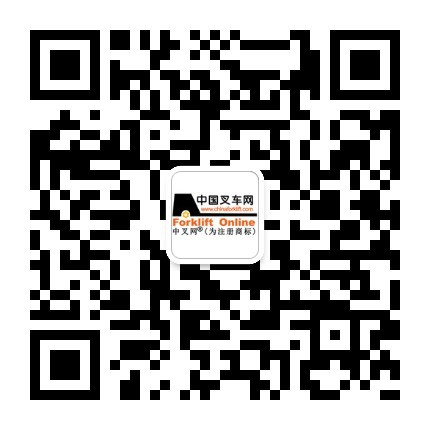Technology innovations have proliferated and thrived in 2016, and 2017 will be no different. As hi-tech gear star...
Technology innovations have proliferated and thrived in 2016, and 2017 will be no different. As hi-tech gear starts to take an even stronger grip on how we live - from a truly cashless society through to drones delivering the post - the Jetson era is upon us. So what does 2017 hold in the technology stakes? Here are the top five technologies that hit the mainstream in 2017.
Eighteen months ago the drone was seen as a peripheral piece of technology that US armed forces used to bomb the living daylights out of ISIS, as well as collect intelligence from around the world. In 2016, drones have been used to take news footage, assist in search and rescue operations and deliver pizza. In 2017 expect an explosion of drones to be put to a range of uses, including delivering products from Amazon, shooting movies, and watching sport. The biggest issue going forward is how aviation authorities are going to help users - or not help as the case may be - around air restrictions that will inevitably come. Already air space problems have arisen, and it won’t be long before comprehensive legislation will be needed to cover this issue.
IoT goes mainstream
It’s hard to believe that 12 months ago the Internet of Things (IoT) was an idea only known to those inside the tech world. Today, these buzzwords are now entering the lexicon of everyday business. 2017 will see many advancements in this space including a focus on sentient tools, such as cloud-based AI and collaborative robots. It will also see the emergence of smart homes and manufacturing industries taking up the baton of getting inter-connected with the internet. The down side will be that there will be a tonne of companies trying to make their mark in this space, resulting in segmentation and possibly thinner margins for those trying to make a buck.
Better smart-home tech
Pushed by the Internet of Things (IoT), home automation is going to really kick in during 2017. This technology has been around for a long time, but has usually been the purview of high-end homes. Thanks to an explosion of apps and smartphone technology, the ability to drive home automation devices is no longer in the ‘too expensive’ basket. Add to that economies of scale kicking in to help bring prices down, the market is now affordable for more people. However, there is a problem - lack of collaboration. For those of us old enough to remember other technology wars like VHS vs Beta, or the Blu-ray vs HD, head strong tech companies can be part of the problem, not the solution as they refuse to get together and find common ground on functionality. And how do we know home automation is going to be big? Amazon, Google and Apple are all upping the ante in this market space next year.
Virtual and Augmented Reality
Virtual and augmented reality (VR and AR) are technologies that have promised a lot over the past decade but haven’t delivered. In 2017 that will change. Part of the issue in the past is that the technology has not been quite good enough - there has been bug upon bug upon bug. Until now. The evolution of AI, the uptake of block chain technology and automation advancements means VR and AR should reach the zenith of their capabilities. The second half of 2016 saw a lot of activity in this space, and 2017 doesn’t show any signs of slowing it down. Headsets are already popular amongst gamers, and the technology has uses in military and education. Look for advances in medicine, manufacturing and architecture.
![]()
Driverless Cars plus V2V Technology
From Google through to Uber, driverless cars are moving from being at the development stage into a technology that will become the norm in our big cities. However, there are issues. Earlier this month Uber was ordered to take one of its driverless cars off the streets of Philadelphia after it kept going through red lights. But this has not stopped the technology getting better with 2017 being a big year in advancements including US-based company nuTonomy intending to roll out its driverless taxis in Singapore in 2018. Vehicle-to-vehicle (V2V) communication is going to be an important component of driverless cars as these systems allow vehicles to share information including speed, intention to switch lanes, weather and road conditions.
















 粤公网安备 44010602003952号
粤公网安备 44010602003952号